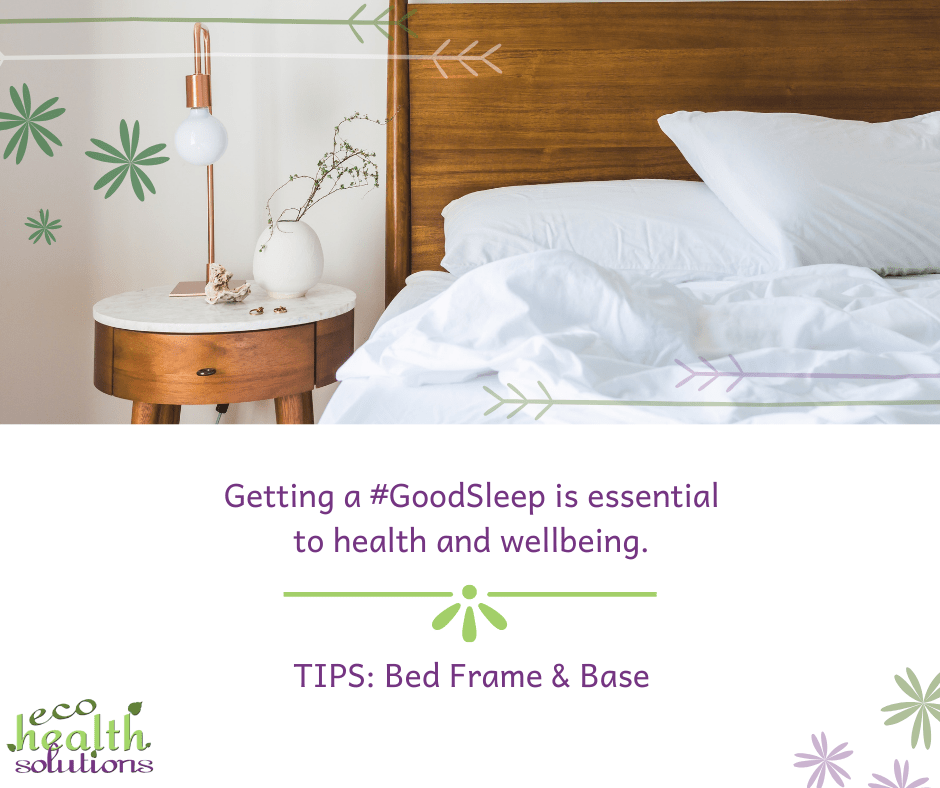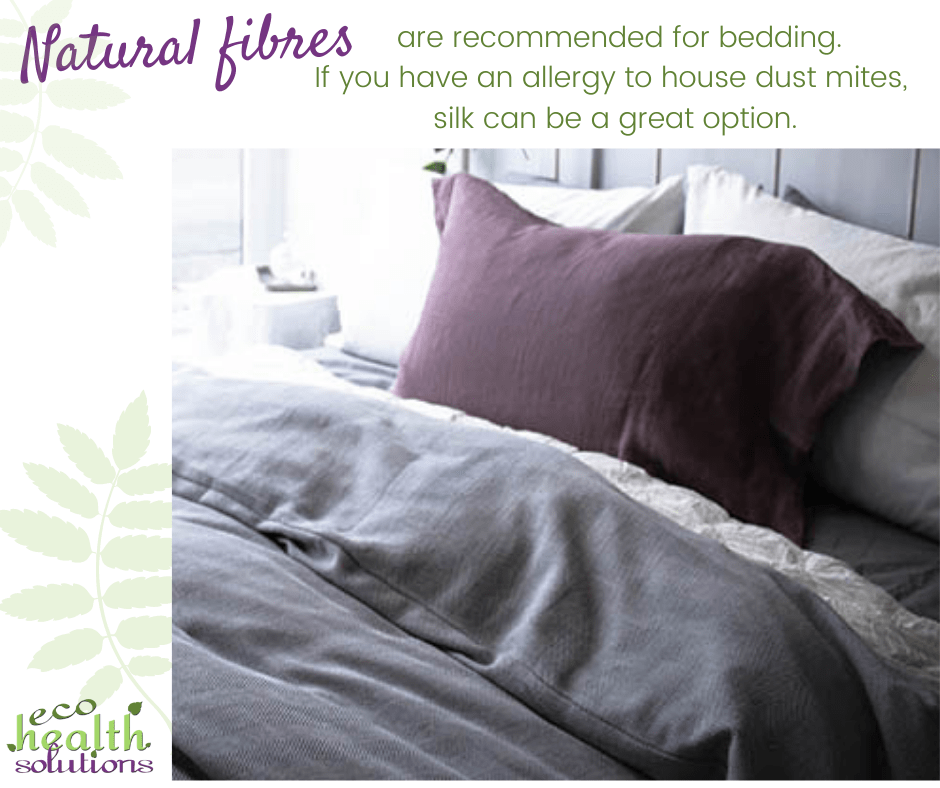Shielded Canopies Considerations
Shielding and Shielded Canopies are something that I am often asked about – and why I list only a few shielding products for the building on my website.
The reason for this is that shielding needs to be done with great care – and is unique to each site.
For me, providing shielding of any sort is a duty of care, which is why assessment and consultation is necessary.
Shielded Canopies – What Are They?
Shielded Canopies are canopies that are generally hung over and around beds to address electromagnetic fields/energy (EMF/EME) from various sources. They can be used over desks, couches, and anywhere else that you spend time.
They can be a fabulous option to reduce levels of different types of EMF/EME when planned and installed correctly.
I wanted to share three of the biggest considerations when thinking about getting a Shielded Canopy.
Shielded Canopy Considerations
1) Natural Radiation and Faraday Cages
The very first consideration is the important of exposure to natural radiation from the earth and from space. These natural sources of radiation are extremely important for health.
Many people decide that they need to be in a Faraday Cage – this is not something I recommend. This is because being in a Faraday cage, means to be cut off all forms of electromagnetic radiation or electromagnetic fields.
Studies have been done that demonstrate that rats and mice when placed into a Faraday cage – and cut off from all radiation, including natural – lived extremely short lives.
To reiterate, being exposed to natural radiation is good for us.
That said, there are some instances where shielding is a really great option. However, as mentioned, it needs to be done very carefully. If you do go with a canopy, you will need to spend time outside maintain some level of exposure to natural levels of radiation.
2) Sources of EMF/EMR/EME
Now the second thing is to consider the sources of electromagnetic fields or electromagnetic energy (EMF or EME).
Shielding tends to address two types of EMF/EME.
a) Wireless technology (RF) – such as phone towers, wi-fi routers, wi-fi from neighbouring buildings, smart phones, and similar.
b) AC ELF Electric Fields (EF) – which comes from wiring, cables, appliances, powerlines, transformers, and so on.
It’s essential to determine where the sources are.
This is crucial, because when we refer to the first consideration – the need to be exposed to natural radiation, it becomes clear that it’s preferable to only block the sources, and not create a Faraday Cage.
Once the sources have been identified, the planning and placement of shielding needs to be done with great care so that it doesn’t increase your exposure.
If placed in the wrong position, your shielding canopy could result in other sources bouncing off it and at you.
It is important to realise that shielding fabrics work on both sides.
Therefore, it is essential to consider and understand where the sources are so that you can get it right.
This is where getting expert help is advised – and I can help you with that.
3) Choosing the Right Fabric
Finally, the third consideration is equally important – and that is getting the type of shielding fabric right.
There are a multitude of different fabrics designed to shield EMF/EME.
Some will work at low levels with the source being close and others may work at high level.
And in some cases, layering is important as this may increase its effectiveness.
Another part of this is to be clear on which type of EMF/EME the fabric addresses.
Does it shield electric fields as well?
In which case, grounding the fabric is not negotiable. That said, I do recommend the grounding all shielding fabrics that are near you.
I’ve been to several places where somebody installed a shielding canopy over their bed and although it did deflect the radio frequencies very well, it was attracting the electric fields to it. The result was that the levels of electric fields on the bed were about 30 or 40 times higher than what they were when you were away from the canopy.
As you can see, it’s important to understand the type of fabric and how it works.
Shielding is a complex area – a science and an art form.
If you would like advice on Shielding Canopies, let’s talk.



